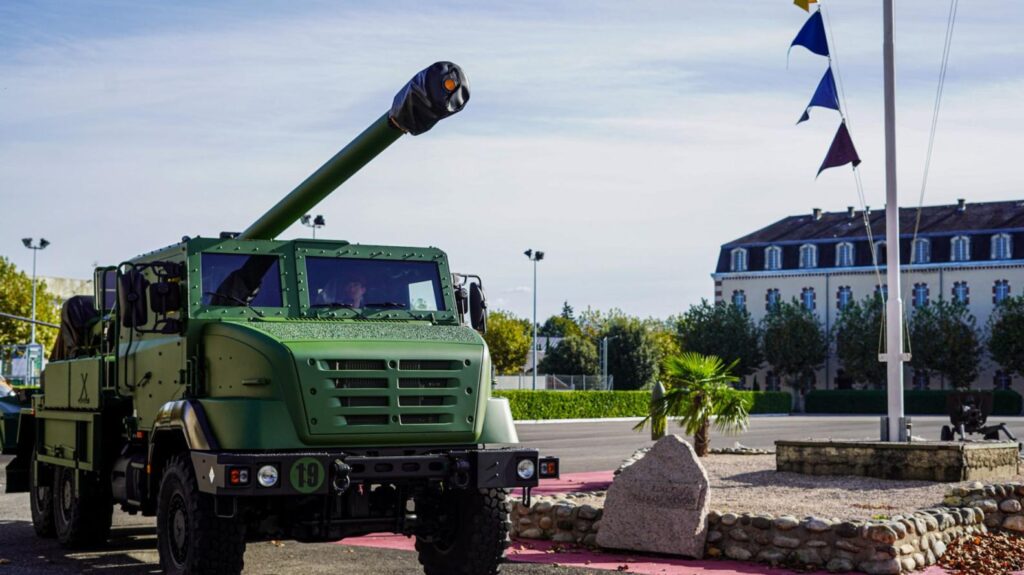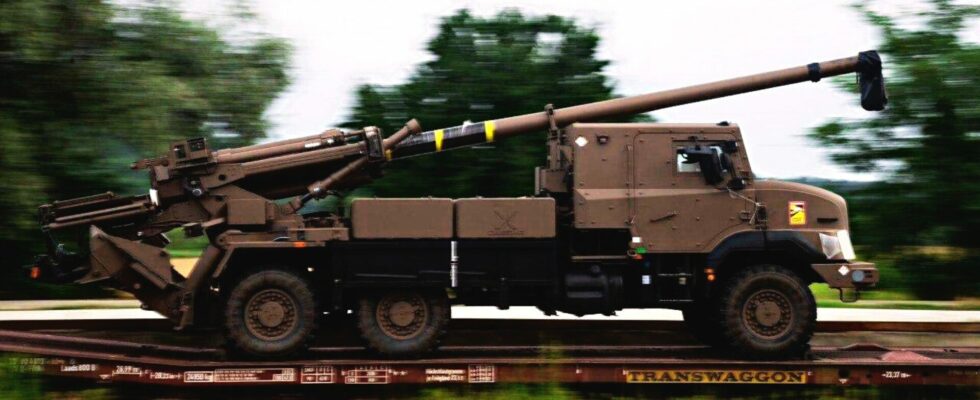The Ministry of the Armed Forces said the Caesar cannon, known for its deployment in Ukraine, would soon be improved using artificial intelligence technology.
AI in the service of the army. On January 18, 2024, Sébastien Lecornu, Minister of the Armed Forces, announced that the German startup Helsing AI, specializing in defense artificial intelligence, will be responsible for improving the precision of the CAESAR cannon. This statement follows an earlier announcement regarding the production of 78 new CAESAR artillery systems for Ukraine. The bill will be shared with European partners and allies.
Helsing AI is already involved in the defense sector. The company is working on programs for the next Eurofighter fighter jet as well as the Future Combat Air System, a European project for interconnected aerial weapons systems. The company benefited from a major fundraising of 209 million euros in September 2023, supported by investors such as the Swedish group Saab.
Integrating Helsing AI solutions would allow the gun to increase its accuracy, through better analysis of targeting data and environmental conditions. The war between Russia and Ukraine has highlighted the importance of rapid and precise field artillery, particularly in a conflict in which ground gains are difficult.
A mobile cannon, essential in Ukraine
Ukraine currently has 49 Caesar cannons, 30 donated by France and 19 by Denmark. The effectiveness of this artillery system in the field revived French production.

The CAESAR stands out for its 155 mm cannon, with a remarkable firing range, capable of launching projectiles between 4.5 and 40 km. Its storage capacity can accommodate up to 18 shells. The latest generation can send six shots per minute. The cannon is mounted on a Renault truck which can leave the firing zone, to avoid being quickly attacked by enemy drones.
If you liked this article, you will like the following: don’t miss them by subscribing to Numerama on Google News.
